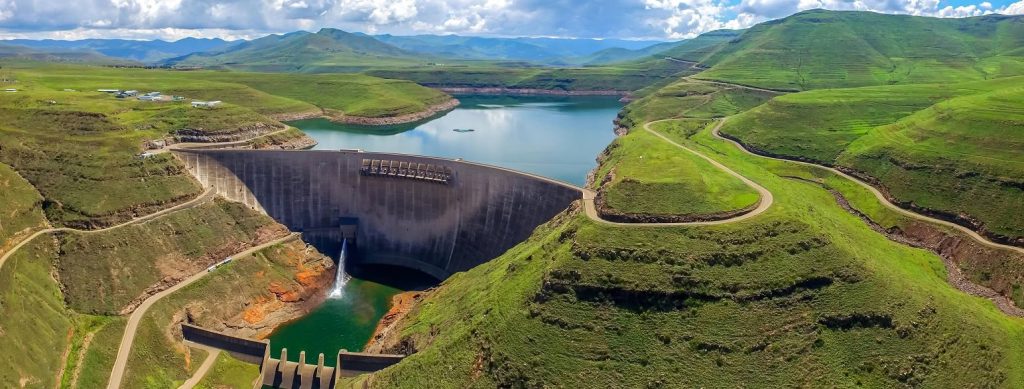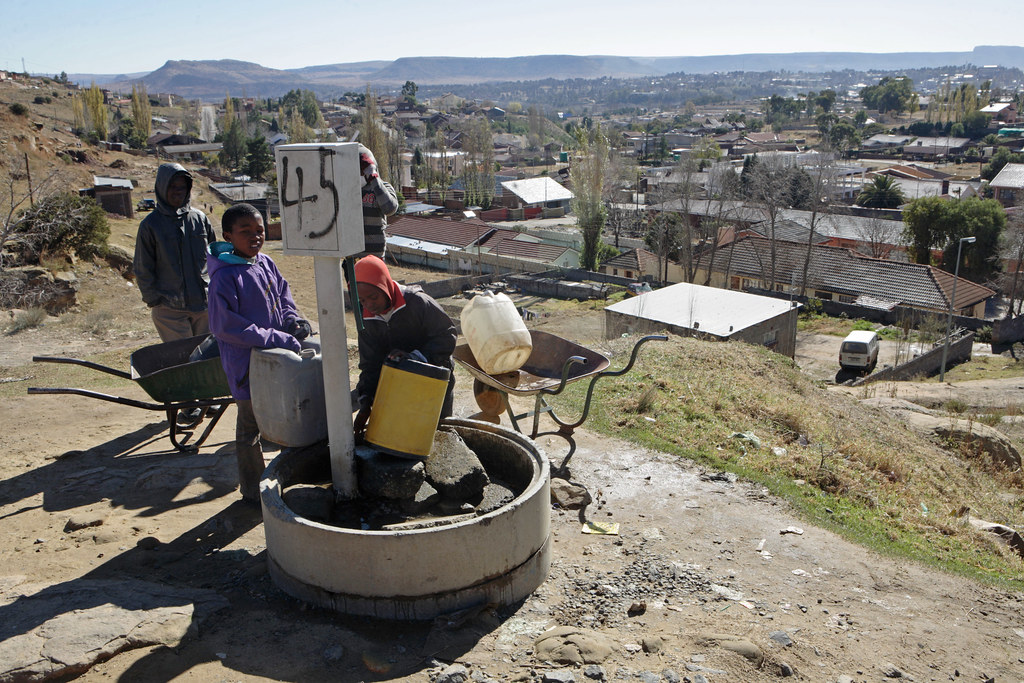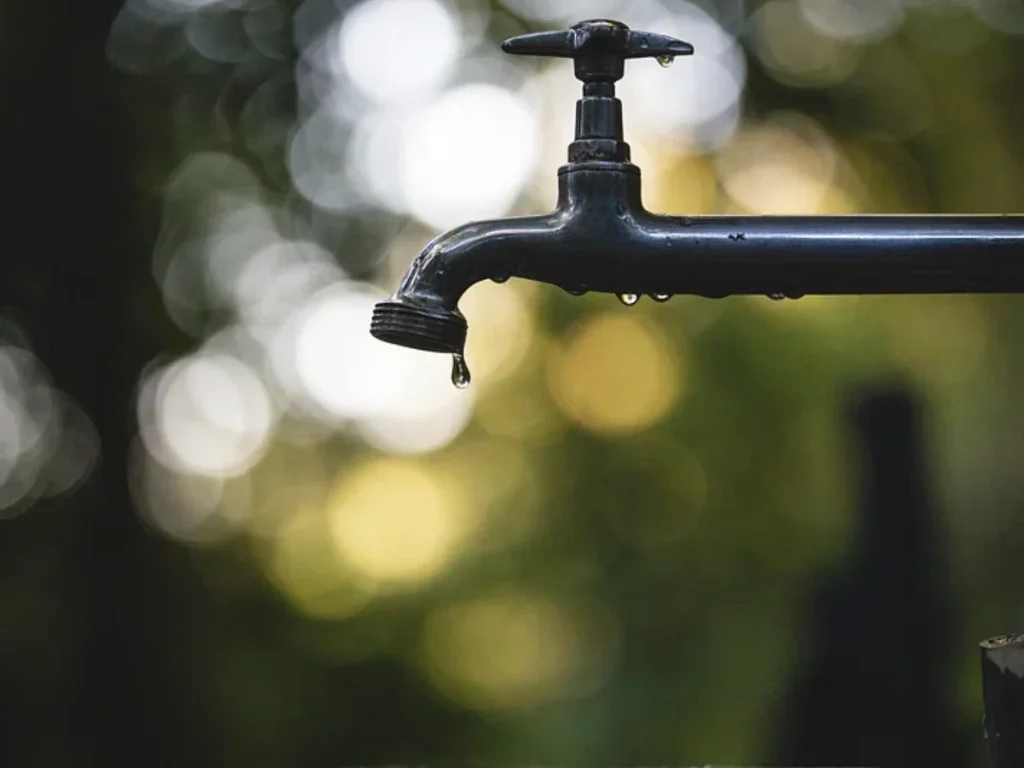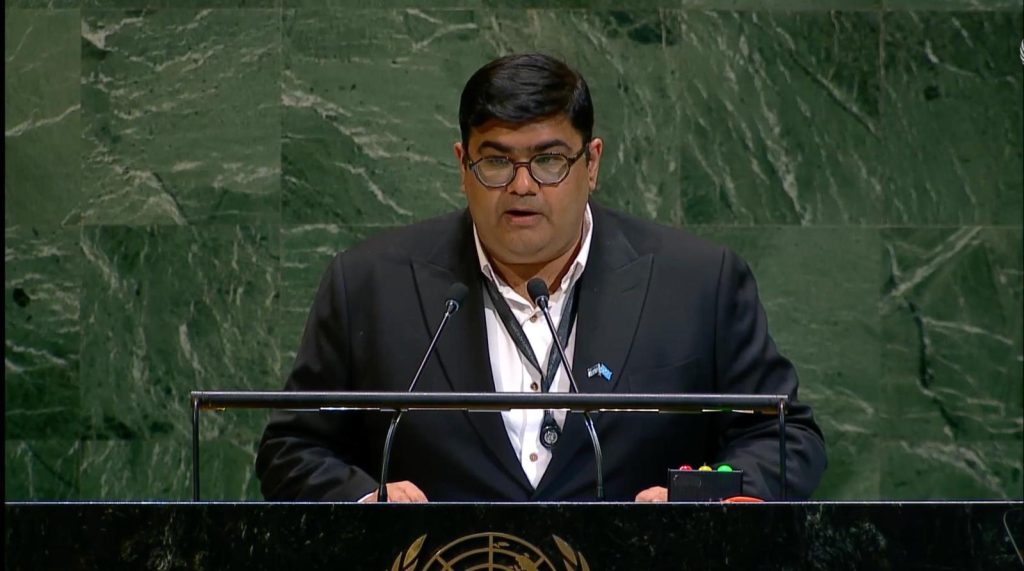Southern Africa Unites to Secure Water for the Future – a landmark high-level agreement between Lesotho and Botswana marks major progress on the Lesotho-Botswana Water Transfer project, a transboundary initiative designed to channel Lesotho’s abundant water resources through South Africa to Botswana. The project aims to address water scarcity, support economic growth, and strengthen climate resilience across Southern Africa. Beyond infrastructure, the agreement highlights regional cooperation and shared responsibility in sustainably managing vital resources.

Lesotho’s average annual rainfall varies, but typically ranges from about 600 mm to over 1,200 mm. The kingdom’s geographical positioning and high altitude make it a strategic location for water collection, capitalizing on its water supply, by also supplying South Africa with its resource, notably one of the most important partnerships and agreements between the two countries. Surrounded by South Africa, its geographical importance lies in its unique status as an elevated, mountainous, landlocked enclave, making it a major source of water for the region, especially during the winter season, which typically runs from June to August.
The Lesotho Highlands Water Project (LHWP), created in 1986, was a project established to provide water to South Africa, more specifically to the Gauteng province, which entailed harnessing the waters of the Senqu/Orange River in the Lesotho highlands through the construction of a series of dams for the mutual benefit of the two countries. Before the inception of this agreement, South Africa’s main water supply was from its various river networks and transboundary agreements with neighbouring countries; however, Lesotho has played a crucial role in supplying the republic with billions of cubic litres since the commencement of the LHWP.

The Republic of Botswana, a landlocked country bordered by Namibia, Zimbabwe, and South Africa, has long faced water shortages and scarcity. In the past few years, former President Mokgweetsi Masisi committed to the development of a US$10.8bn Botswana Water Investment Programme, which was aimed at addressing the country’s water and sanitation sore points that have burdened the country and its citizens with the daily use of this resource. Botswana receives an average of 460 mm of rain annually, but this also varies significantly by region, with groundwater identified as the primary source of water for over 70% of the population in the country, for household use, industrial activities, and agriculture and farming, amongst other uses.
Both Lesotho and Botswana have always had strong political ties, with both countries recently signing a bi-national agreement to promote economic integration and cooperation in the field of water, mining, education and diplomatic consultations, among others. The two nations are members of the Southern African Customs Union (SACU), which aims to maintain free trade and economic development within the region. They also share bonds of cooperation in education, economy, water resources, and climate change.

This highly anticipated project [Lesotho-Botswana Water Project] involving Lesotho, Botswana, and South Africa aims at strengthening diplomatic and economic ties across these three countries. More than just building a legacy, this project underscores the importance of Botswana’s water transfer solution to address the country’s current issue. With the agreement currently underway, Botswana is set to receive over 150 million cubic metres of water annually, while Lesotho and South Africa will each receive 158 million cubic metres. This allocation highlights the project’s commitment to equitable distribution and mutual benefit.
“Water knows no borders, and neither should our commitment to securing it. This landmark agreement between Lesotho and Botswana isn’t just about pipes and projects – it’s about uniting Southern Africa’s future, drop by precious drop,” from Dr Nabhit Kapur, Permanent Observer of Water & Sanitation for Africa (WSA) to the United Nations.

Effective planning and sustainable partnerships will see this through.
This water project aims to:
- Provide the public with a consistent and reliable water supply
- Mitigate further water shortage in the identified regions and commercial industries
- Create reserves for drought-prone seasons
More than half of Botswana’s population relies on the success of this agreement, with people’s water consumption habits likely to change, or even improve, in the coming years. Top value exports such as agriculture and farming depend heavily on a consistent and reliable water supply, which has had a significant impact on livelihood, food security, and the overall economy.
This proactive initiative will see an immense improvement and the reduction of water demand in some of Botswana’s most affected regions. With severe droughts plaguing the country annually, there has always been a need to adapt to Botswana’s climate conditions, but this mutually beneficial agreement seeks to address this matter through strategic political ties and socio-economic partnerships. While Lesotho provides Botswana with this much-needed resource, the kingdom will, in turn, receive electricity generated by a new hydropower facility.

